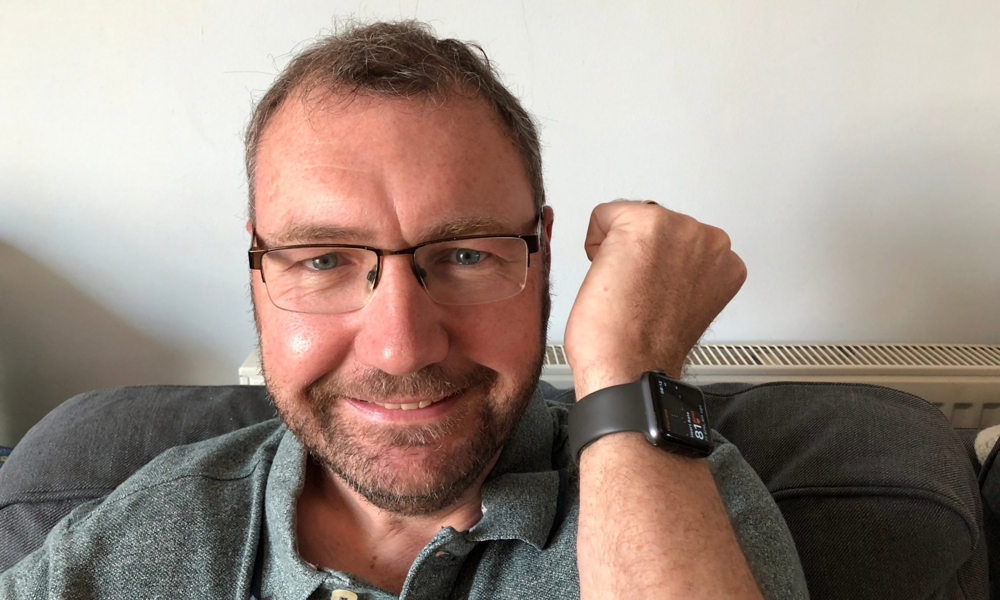You Don’t Need the Latest Apple Watch to Benefit from Its Life-saving Features
 Credit: The Telegraph
Credit: The Telegraph
Toggle Dark Mode
With the latest Apple Watch Series 4 adding some very cool new lifesaving heart and health features — ECG and irregular heart rhythm monitoring and fall detection — it’s easy to focus on the new technology and forget that these are simply the latest additions to a set of important health monitoring capabilities that have been available in the Apple Watch for years.
In fact, stories of people being alerted to potentially dangerous heart conditions go as far back as the original Apple Watch, when a high school football player, Paul Houle Jr., was alerted by his Apple Watch to an abnormally high heart rate that turned out to be a symptom of a condition known as Rhabdomyolysis, which could have turned fatal had his Apple Watch not prompted Houle to seek medical help.
Now, a new story from The Telegraph provides another example of how just about any model of the Apple Watch can provide health feedback that could turn out to be critical in diagnosing potentially dangerous medical conditions.
While Houle’s 2015 incident was a result of discovering a high heart-rate, Paul Hutton, a 48-year-old father of three in the U.K., had the opposite experience when his Apple Watch warned him that he had an abnormally low heart rate. In Hutton’s case, the Apple Watch showed that his heart rate was frequently dropping below 40 bpm — well below the normal resting heart rate of 60–100 bpm.
Based on this, Hutton visited his doctor, who confirmed the Apple Watch’s findings and suggested some dietary changes to attempt to resolve the issue, such as cutting out caffeine. Despite this, however, Hutton’s Apple Watch continued to send him low-heart-rate alerts, ultimately leading to a medical diagnosis of ventricular bigeminy.
This particular condition causes the heart to beat irregularly and prevent blood from being pumped through the body effectively, and can lead to more serious issues if left untreated — even potentially to a heart attack.
Most significantly, ventricular bigeminy is a condition that often goes undiagnosed otherwise, so it’s quite possible that without the Apple Watch, Hutton could have gone on for years unaware that he had this potentially life-threatening condition. Once diagnosed, however, he underwent a three-hour surgical procedure, known as a cardiac ablation, in order to correct the issue.
As Paul’s story shows, [devices like the Apple Watch] offer huge potential for spotting signs of an irregular heartbeat before a person is having noticeable symptoms.
Ashleigh Li, Senior Cardiac Nurse at the British Heart Foundation
The Apple Watch has repeatedly proven to be an invaluable device for saving lives in a wide variety of ways, ranging from notifying users of serious medical conditions to providing a communications lifeline for those in dangerous situations. Although some features, like ECG, fall detection, and cellular calling, are naturally only available on those devices with the necessary hardware, Apple does its best to expand its health and safety features across all models with each watchOS update.
For example, when Apple added the low heart rate notification that saved Hutton’s life in watchOS 3 back in 2017, it was made available to users of most prior-generation Apple Watch models as well.
Hutton, who has now fully recovered from the surgery notes that he still checks his pulse on his Apple Watch on a regular basis, but that now “it all seems good.”






